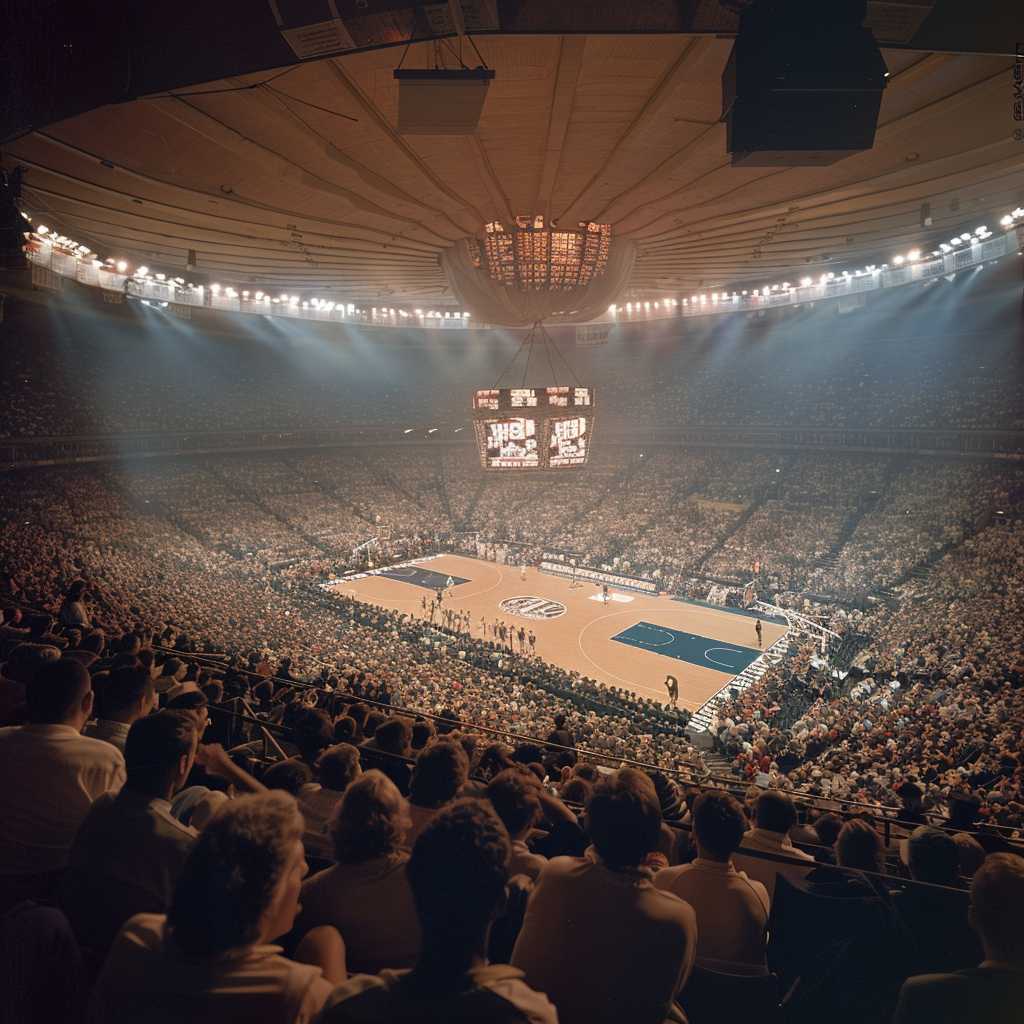The Rich Tradition and Modern Relevance of the National Invitation Tournament (NIT)
The National Invitation Tournament (NIT) stands as one of the oldest tournaments in college basketball. Much like its more famous counterpart—the NCAA Tournament—it invites top teams from across the nation to compete, although it has evolved differently over the years. This article delves into the history, format, importance, challenges, and future of the NIT, offering a comprehensive understanding of its unique position in the world of college basketball.
The Beginnings of the NIT: A Pioneering Basketball Contest
The National Invitation Tournament was established in 1938, making it older than the NCAA Tournament by one year. Organized by the Metropolitan Basketball Writers Association, the original tournament was played at Madison Square Garden in New York City, a venue that would become synonymous with the NIT. In its early days, the NIT was actually considered more prestigious than the NCAA Tournament due to its location in the media capital of New York and coverage in ample WW II-era newspapers.
During its heyday in the 1940s and 1950s, it attracted top-ranked teams, and winning the NIT was seen as an honor comparable to, or even surpassing, an NCAA title. That said, it is essential to understand that during these formative periods, there was no overlap between teams selected for the NIT and NCAA tournaments.
Transformations Throughout History: Adapting and Altering Format
As college basketball’s popularity grew and NCAA Tournament became more dominant, largely due to its decision to award automatic bids to conference champions, the prestige and significance of the NIT somewhat declined. This dichotomy necessitated changes to remain relevant.
Through expansion and contraction over time—peaking at 40 teams and now currently settled at 32—the format of the NIT has modified as well. It operates as a single-elimination tournament but aims to offer flexibility by allowing higher-seeded teams to host games until the semi-finals and finals, which are held at Madison Square Garden.
In addition to typical season performance criteria, regular-season champions who don’t win their conference tournament and thus fail to secure an automatic NCAA bid receive an automatic invitation to the NIT. This ensures high competition levels while also serving as an impetus for maintaining intense regular-season contests in all conferences.
Importance of The NIT: Developmental Ground and Testing Field
While inevitably overshadowed by March Madness, the NIT still serves as vital ground for player development and gives teams who missed out on an NCAA bid a chance to extend their season and gain crucial postseason experience. Top programs that underperformed throughout the season get an opportunity for redemption which can help build momentum going into the next season.
Furthermore, it’s often used as a testbed for potential rule changes for college basketball. Since there’s less at stake compared to NCAA competition, experimental rules such as an extended three-point line or quarters rather than halves have been introduced during NIT games before any potential adoption by college basketball.
Contemporary Challenges Facing The NIT: Ensuring Future Relevance
The glamour that once was associated with winning the NIT has dissipated amid the razzle-dazzle of March Madness. Concerns such as nationwide awareness, television rights deals, fan base support, participation relevance for big-program teams are challenges that the tournament continues to tackle.
One major issue is incentive—both financially and competitively. The equal sharing of revenue among conferences participating in March Madness amounts to significant earnings for each school’s program which cannot be matched by the NIT. This disparity underlines why teams prioritize NCAA appearances unless they happen upon building a young squad towards future challenges.
To keep pushing forward, organizers have placed renewed focus on television coverage suiting modern viewership habits and cementing traditions that are unique to this storied competition—such as offering consolation games for those eliminated before reaching NYC—a distinct departure from NCAA’s post competing regulations.
Notes
Conclusion: Balancing Tradition With Transition
The National Invitation Tournament maintains a special place in American college sports culture—a nostalgic nod to basketball’s earlier prominence in New York City alongside an ongoing commitment to balancing commerce with amateur competition. Recognizing its history while strategically adapting to future basketball landscapes is sure to keep it relevant for sports enthusiasts alike.
*Image description: The hallowed interior of Madison Square Garden filled with cheering fans witnessing an intense moment during a National Invitation Tournament basketball game.*
